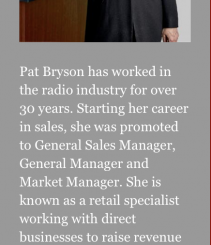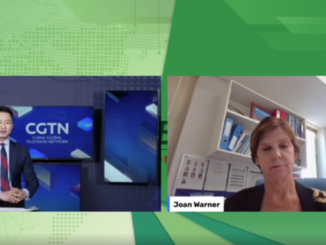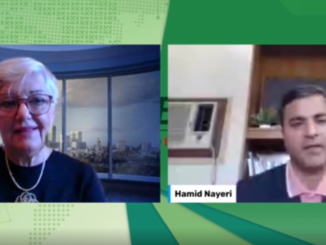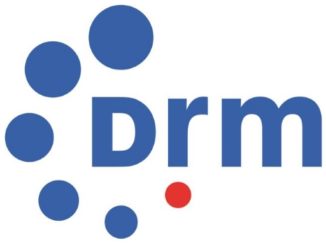
Expanding Our Footprint in the Community
Selling Radio Direct with Pat BrysonWhen I had been selling about a year, my general manager came into my cubicle one day and said, “It’s time to get you on some boards.” At the time, I had no idea what he was talking about. What he was talking about was expanding my footprint in the community. He believed that what you give to your community comes back to you. It’s not always what you know, it’s WHOM you know.A few years later I joined Kiwanis. Whether you prefer Rotary, Lions Club or some other service organization, these groups are often made up of the movers and shakers in a community. They are good people to know.
My professors at the University of Tulsa in my Mass Communications classes taught me that radio stations are “the guardians of the airwaves.” Our licenses from the FCC state that we should serve our local communities. We certainly did that in 2020! We have the perfect vehicles to give back to our neighbors.
As someone who has made my living selling radio campaigns and now teaching others how to sell radio campaigns, I understand the value in being well-known. The last Bryson Broadcasting International newsletter talked about expanding your personal brand.
The gentleman in the picture (left) is George Strella. George has been a member of Kiwanis for 70 years. He has been the song leader as long as I’ve known him. Recently, his Kiwanis group made him an honorary member as health issues have hampered his ability to attend meetings as he has reached his 90’ies. How many of us today have that sort of commitment to community service groups? How many of us volunteer in any capacity in our towns?
As we bring young people into our business, I hope we may encourage them to participate in their communities. Join organizations that have meaning for them. Time will prove that giving to their communities will pay large dividends in their careers.
Congratulations, George, and thanks for providing a shining example of devotion to community service. […]





